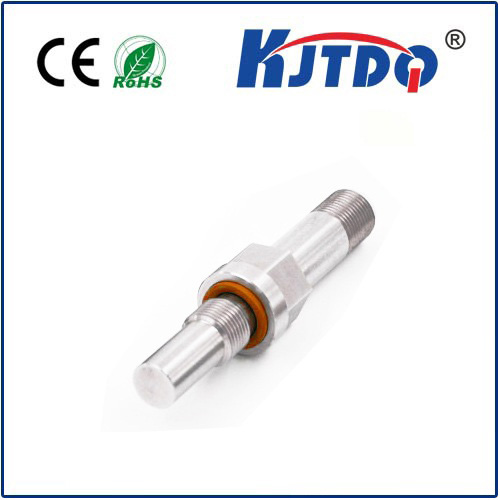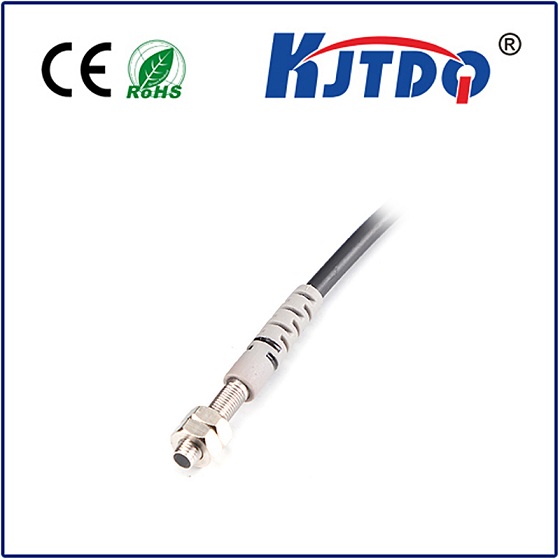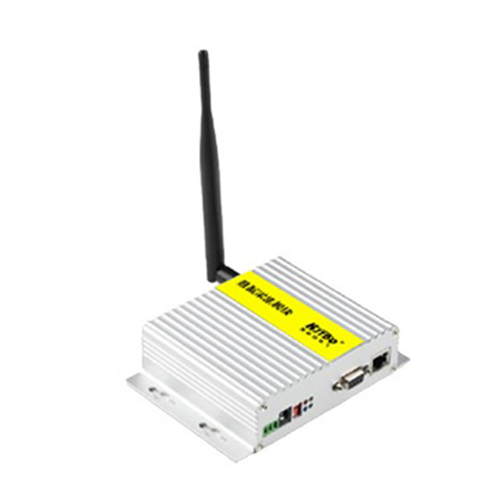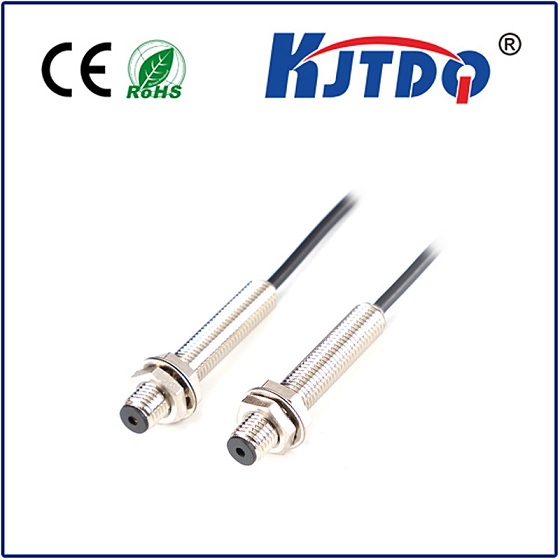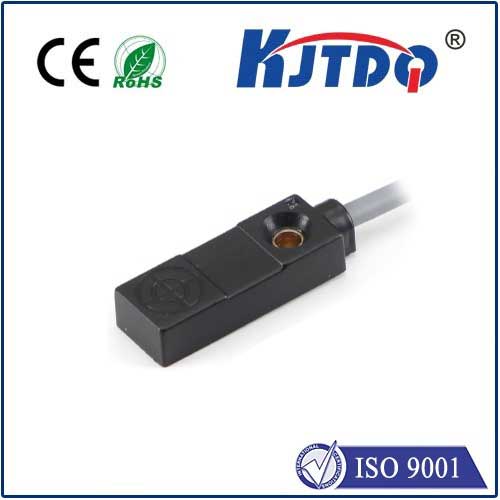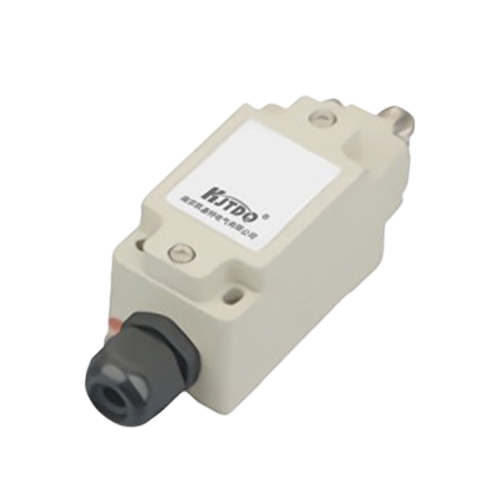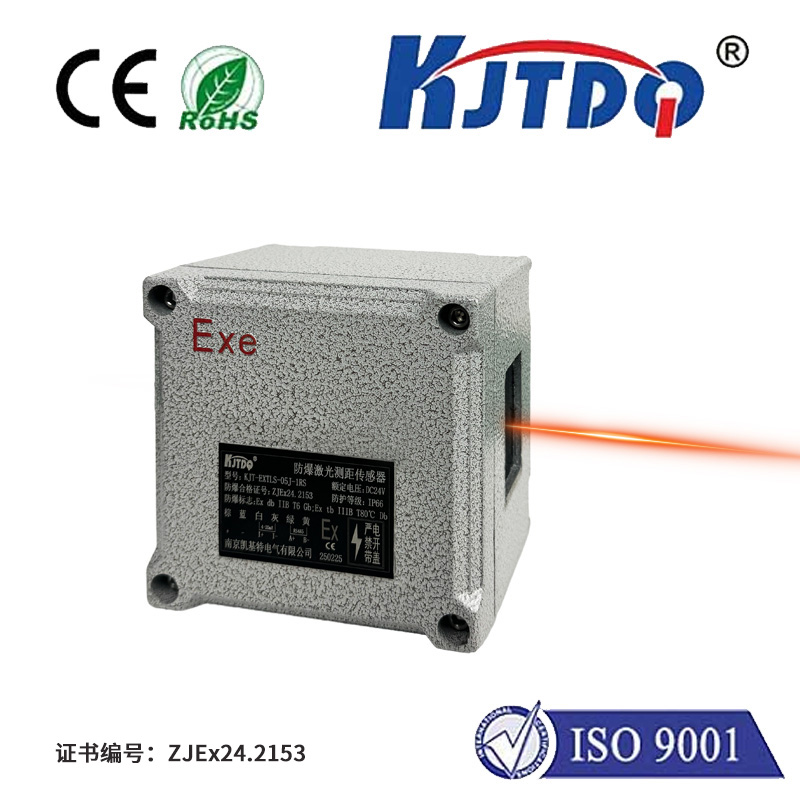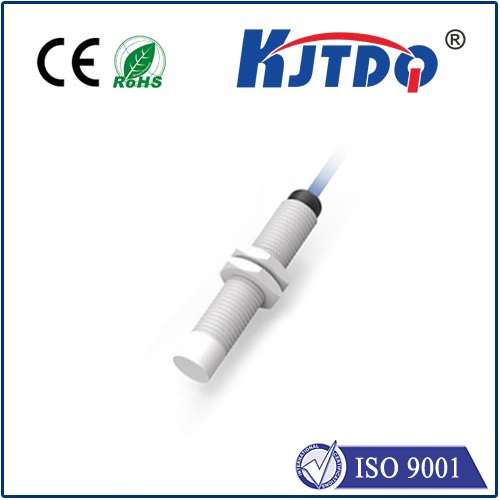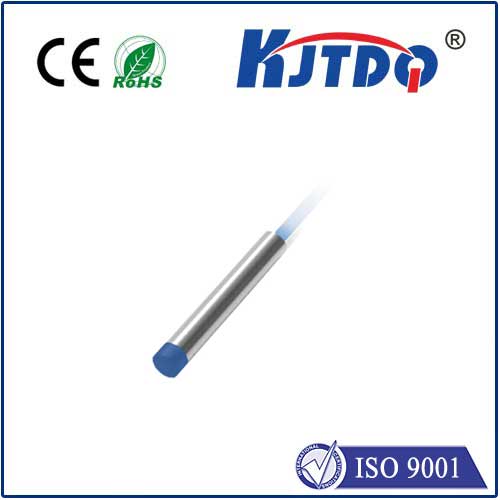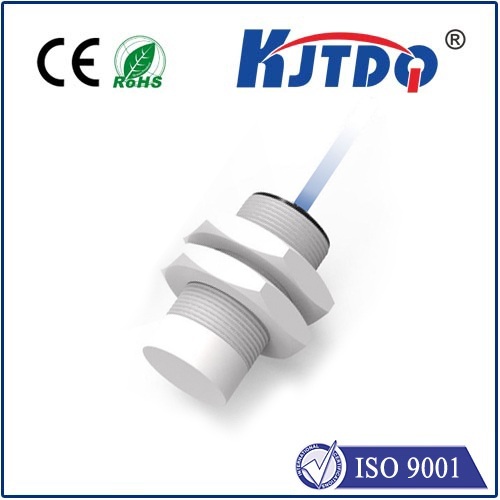

check

check

check

check
Imagine rushing through a bustling department store, arms laden with bags. As you approach the escalator, your child stumbles, dropping a toy perilously close to the moving steps. Before panic fully sets in, a subtle whirring sound stops, and the escalator grinds to a halt. This near-miss was averted not by luck, but by an unsung hero: the escalator proximity sensor. These often-overlooked devices are fundamental, invisible shields, actively working to prevent serious accidents in our daily vertical commutes.
What Exactly Are Escalator Proximity Sensors?
At its core, an escalator proximity sensor is a specialized safety device designed to detect obstructions or unusual conditions near critical points on an escalator’s path. Unlike emergency stop buttons requiring human intervention, these sensors act autonomously, providing a crucial first line of defense. Their primary mission is to identify potential hazards – be it a stray shoelace, a piece of luggage, a child’s hand, or misplaced debris – and trigger an immediate shutdown before the obstruction can be drawn into the moving mechanism. Think of them as highly sensitive electronic sentinels, continuously scanning designated zones for anything that doesn’t belong.
The Technology Behind the Detection

Proximity sensors on escalators typically employ one or more sophisticated technologies, each suited to specific detection needs:
Where Safety Senses Danger: Critical Sensor Placement
The effectiveness of proximity sensors hinges on their precise positioning to monitor the highest-risk areas:
Why Proximity Sensors Are Non-Negotiable for Safety
The role of these sensors extends far beyond mere convenience; it is fundamentally about preventing catastrophic accidents. Entrapment incidents, while thankfully becoming rarer due to improved safety tech, can result in life-altering injuries. Proximity sensors provide the instantaneous reaction time that human observation simply cannot match. They are mandated by stringent international safety standards (like EN 115 and ASME A17.1/CSA B44), which specify the types, positioning, sensitivity, and required response times for these devices. They are a core component of an escalator’s overall safety circuit.
Maintenance: Ensuring the Guardians Remain Vigilant
Like any critical safety system, proximity sensors require regular, thorough maintenance to function reliably. Over time, dirt, grime, vibration, or physical damage can impair their sensitivity or lead to false stops. Maintenance protocols include:
The Unseen Lifeline
Next time you step onto an escalator, glance briefly at the narrow gap between the moving steps and the silver side panels. It’s in this seemingly innocuous space that escalator proximity sensors perform their vital, unseen duty. These sophisticated electronic guardians work tirelessly, scanning invisible fields of light or sound, ready to halt the machine in milliseconds at the first sign of danger. They embody a crucial principle in public safety: the most effective protections are often those we don’t notice until the moment they save us from harm. Their silent vigilance is fundamental to the safe, efficient vertical transportation we often take for granted. Understanding their function reinforces why regular maintenance and strict adherence to safety standards are absolutely paramount for every escalator in operation.
